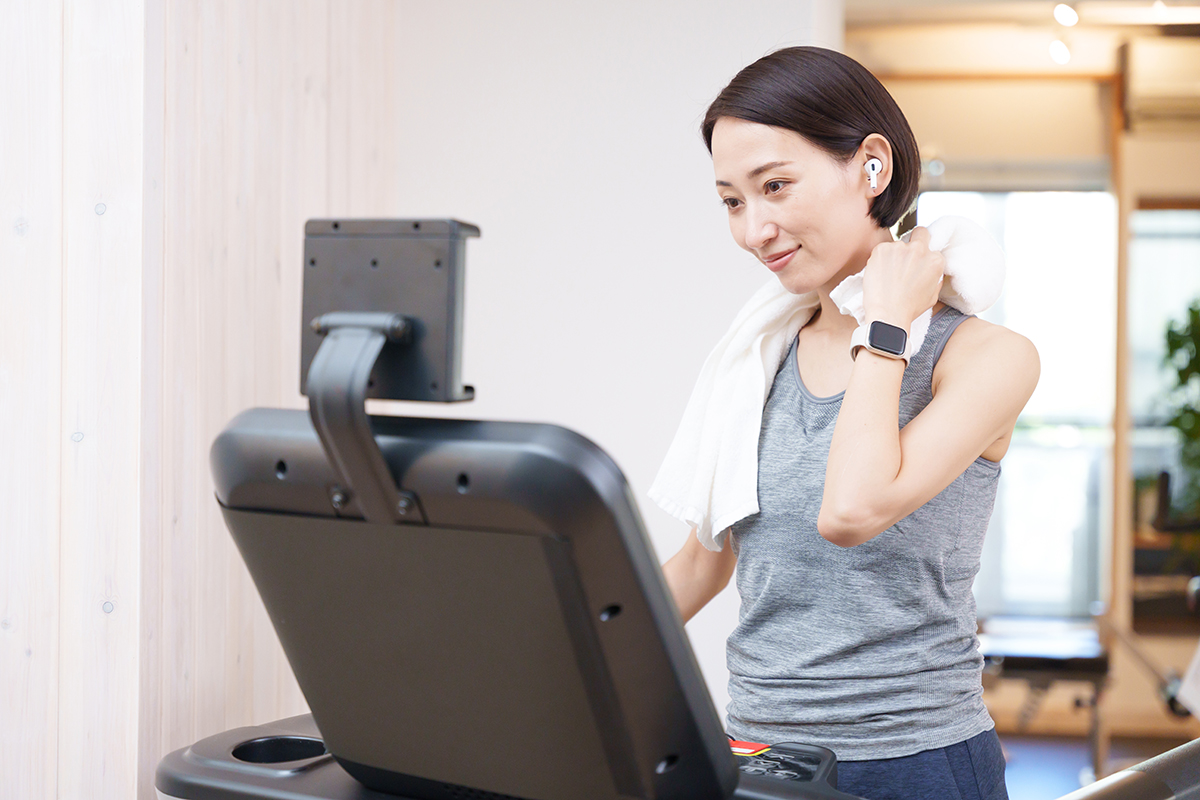
Estimates indicate that 50% of women and 20% of men over 50 years of age will experience an osteoporosis-related fracture. This doesn’t have to happen though. A few nutrition and lifestyle changes could help reduce your risk of broken bones. This mainly falls into two key approaches. Strengthening your bones and fall prevention. So let’s take a look at what we can do.
Eat a Bone Strengthening Diet
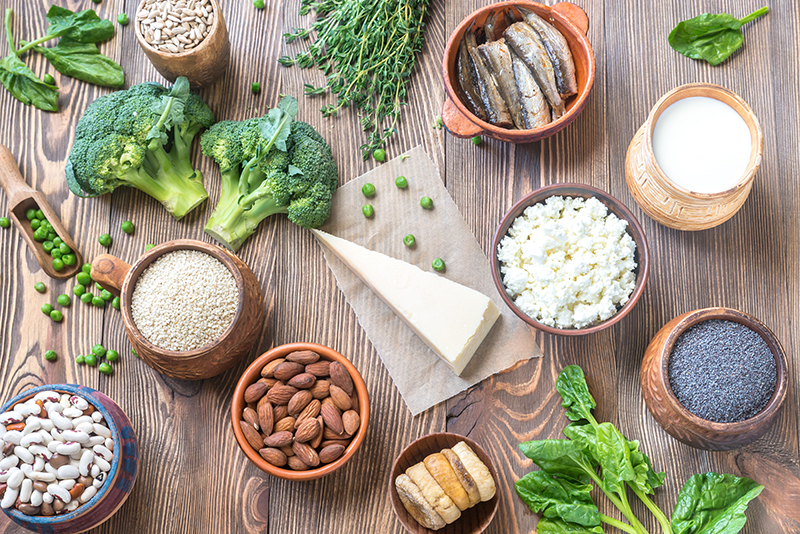
A bone strengthening diet can contribute positively to bone density and bone-collagen content, two extremely important qualities related to fracture prevention.
Calcium - This mineral is the primary bone health super star. Your recommended daily intake is around 1000 mg. Dairy is a rich source, but you can also get calcium from dark leafy greens, tofu, seeds, and fish. Supplements are another option to ensure you hit your daily intake.
It’s important to know that calcium has a limited rate of absorption so you should aim to get your calcium intake throughout the day. For example, you wouldn’t want to take 1000mg of supplemental calcium at once. Instead, it might absorb better by taking 500mg at the beginning and end of the day.
Collagen - Collagen is in some ways the undersung hero of bone and joint health. It makes up ⅓ of bone and around ⅔ of cartilage. Collagen is also one of the most abundant proteins in the body. Sources include bone broth, sardines, organ meat, or supplements. There are also several vitamins that help the body produce collagen including Vitamin C, E, A, and K.
Bone Essense provides calcium along with 600 mg of Type II collagen to support strong bones and joints.
Vitamin D - Vitamin D aids in calcium absorption. Studies have found that Vitamin D supplementation along with an intake of 1200 mg of calcium reduced fracture risk for adults living in institutions and those with previously low Vitamin D levels. You can get Vitamin D from many fortified foods like milk, orange juice, and cereal as well as supplements.
Magnesium - this mineral has several functions related to bone health but most importantly, it’s involved in bone mineralization. In other words, it helps to provide and maintain the crystalline structure of bone which provides strength and hardness. Sources of magnesium include nuts, seeds, legumes, whole wheat, leafy greens and fatty fish.
Limit Your Sodium and Sugar Intake
This advice is normally given in reference to heart health and blood pressure levels but excessive salt intake may negatively affect your bone density as well. Salt is a major factor in controlling the amount of calcium in the urine and lost from bones. As a result, it’s also been cited as a risk factor for osteoporosis.
Newer research says that a different white crystal is actually more harmful to your bone health, that being sugar. In this case, it’s most harmful to adolescents. Teens who consume excessive sugar may experience negative impacts to their peak bone mass. Additionally, diets high in sugar are correlated with lower Vitamin D levels. Lastly, high blood-glucose levels seem to inhibit bone formation.
Cut the Caffeine

Multiple studies have concluded that excessive caffeine can interfere with your body’s ability to absorb calcium. It’s good to be aware of this effect from caffeine but generally most people don’t consume enough for it to be a problem on its own.
Excessive in this case is around 400 mg per day. In other words, the amount of caffeine in 3 to 4 8-oz cups of coffee or 5 Red Bull Energy Drinks.
Hydration
You might not readily associate bone health with water but the two are strongly related. 25-30% of bone tissue is water. Hydration also aids in mineralization, the process wherein calcium and phosphorus are deposited into the bone matrix, as water is needed to transport these minerals.
For your overall mobility, hydration also aids in joint lubrication contributing to comfort, flexibility and bone health. As a result, you may not have ever thought of it but hitting your recommended water intake could help prevent a broken bone.
Perform Weight-bearing Exercise

DON’T skip this one. The name might make it sound like you need to load up some barbells and do powerlifting but any exercise where you’re on your feet forcing your bones and muscles to work against gravity is weight bearing such as jogging, dancing, tennis or calisthenics.
When you’re performing these exercises, your feet and legs carry your body weight placing more stress on your bones. This extra load can promote and enhance the bone remodeling process helping to preserve bone density and prevent fractures.
Test your Bone Mineral Density
Post-menopausal women 65 and over, men over 70 and all others with osteoporosis risk factors are recommended to get a bone mineral density test or DXA Scan.
Testing your bone mineral density can help you to be aware of your osteoporosis and fracture risk. Additionally, it can help your doctor determine if you’d benefit from medications to minimize bone loss and recommend lifestyle changes.
Avoid or Quit Smoking
There are no two ways about it. If you smoke, you need to stop now. Smoking is detrimental to your health for a number of reasons but in terms of fracture risk, it interferes with the process of bone formation in several ways. It interferes with calcium absorption, breaks down estrogen (a hormone needed for strong bones), and the nicotine in cigarettes slows the production of bone-forming cells.
Fall Prevention
Balance Exercise
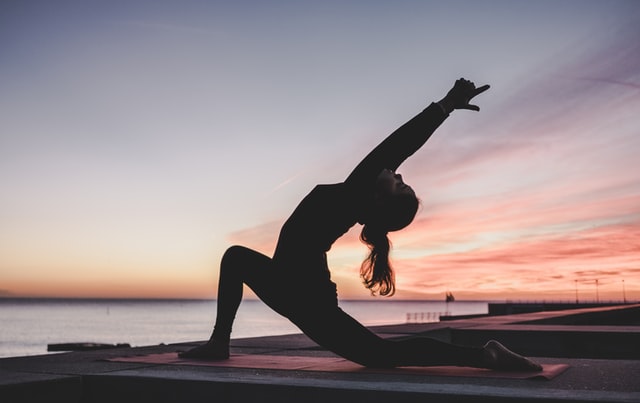
A leading cause of broken bones is falling. To prevent falls, there are multiple areas to address but, most important and strengthening and maintaining your sense of balance. Balance exercises like tai chi or yoga can help you to keep your muscles strong and reflexes sharp, two things that will aid in preventing the falls that often lead to broken bones.
Don’t worry if you can’t make it to classes. You can get a few quick bits of yoga in during breaks here and there.
Wear the Right Shoes
Another important step to take for fall prevention is wearing the right shoes. Here’s a simple list of things to look for and things to avoid.
Look for shoes that:
Have a low heel
Offer good support
Have rubber soles
Avoid shoes that:
Have leather soles
Have high heels
Have deep treads that can catch on things and cause you to trip
Further on the topic of shoes, get some house shoes. The added traction will reduce your chances of slipping and falling vs being barefoot or just wearing socks.
'Fall-Proof' Your Home
Much of your time is spent within the home so it’s imperative to do what you can to fall-proof your living space. Here are some steps you can take.
- Put a rubber mat on the floor of your bath or shower. Up to 80% of household falls happen in the bathroom so this is the FIRST area to address.
- Keep your floors free of clutter. Objects on floors quickly become tripping hazards.
- Rid your floors of throw rugs, and electrical cords.
- Keep your home well-lit. Keep a flashlight by your bed and install night lights in hallways to help see and avoid obstacles.
- Opt for carpet rather than polished floors.
- Always use the handrails when climbing or descending stairs.
- Install railings in the bathroom around the toilet and the shower.
Know How Your Medications Will Affect You
Disclaimer: Don’t stop taking any medications without consulting your doctor. If you’re having problems, you can discuss them to see if your doctor can switch your medication or dosage.
Particular medications can cause dizziness in some individuals. Examples include:
- Blood pressure medication
- Sleeping aids
- Antidepressants
- Muscle relaxants
- Antivirals
- Anticonvulsants
- Rheumatology drugs
- Certain heart medications
Bottom Line
Preventing broken bones can be approached in a number of ways. When it comes to diet, there are a number of key nutrients to ensure an adequate intake of, while also limiting salt, sugar and caffeine. You can compound the dietary benefit by exercising which uses those key nutrients for bone strengthening. And just as importantly, practicing fall prevention by making a few modifications around your home such as installing rubber mats could prevent the leading cause of broken bones in seniors.
This article is provided for informational purposes only and is not intended to be used as medical advice. If you have immediate concerns about your health, please seek the help of your physician.




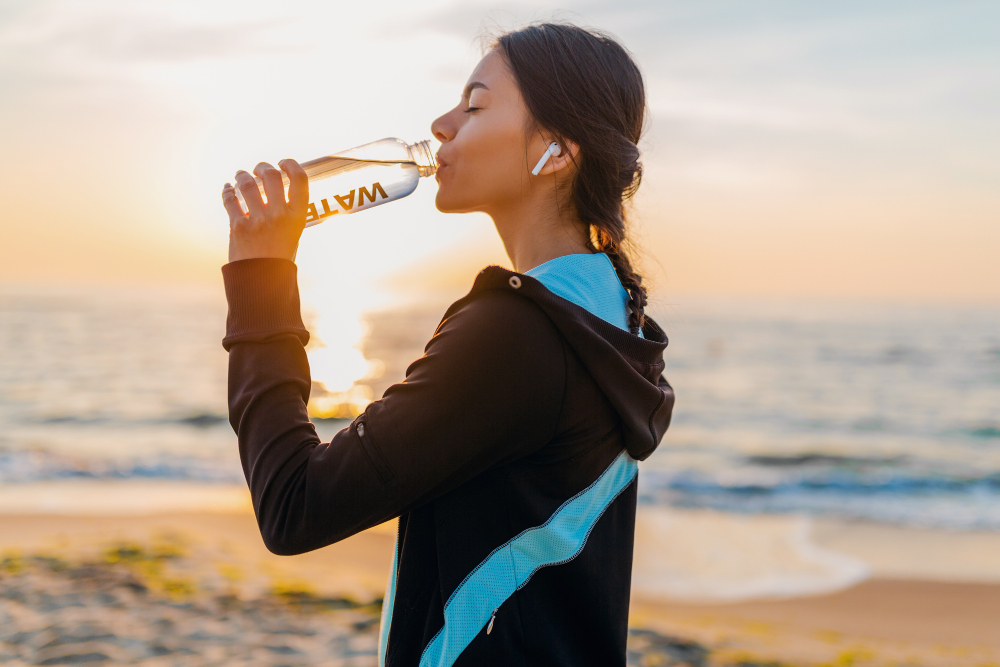
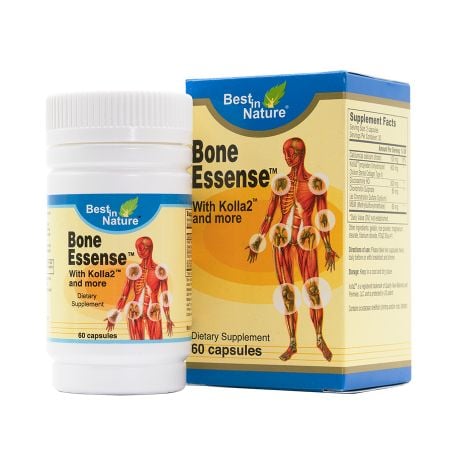
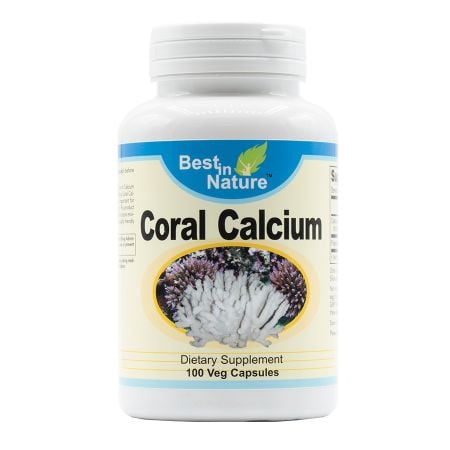
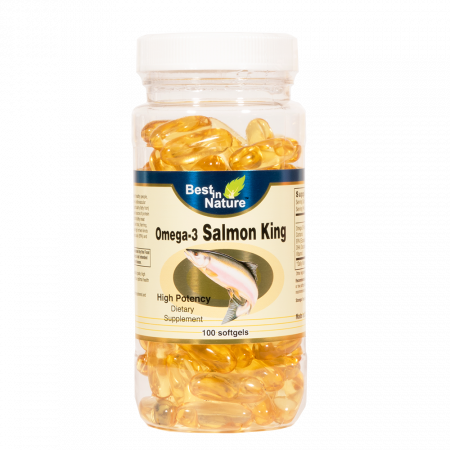
Validate your login
Sign In
Create New Account